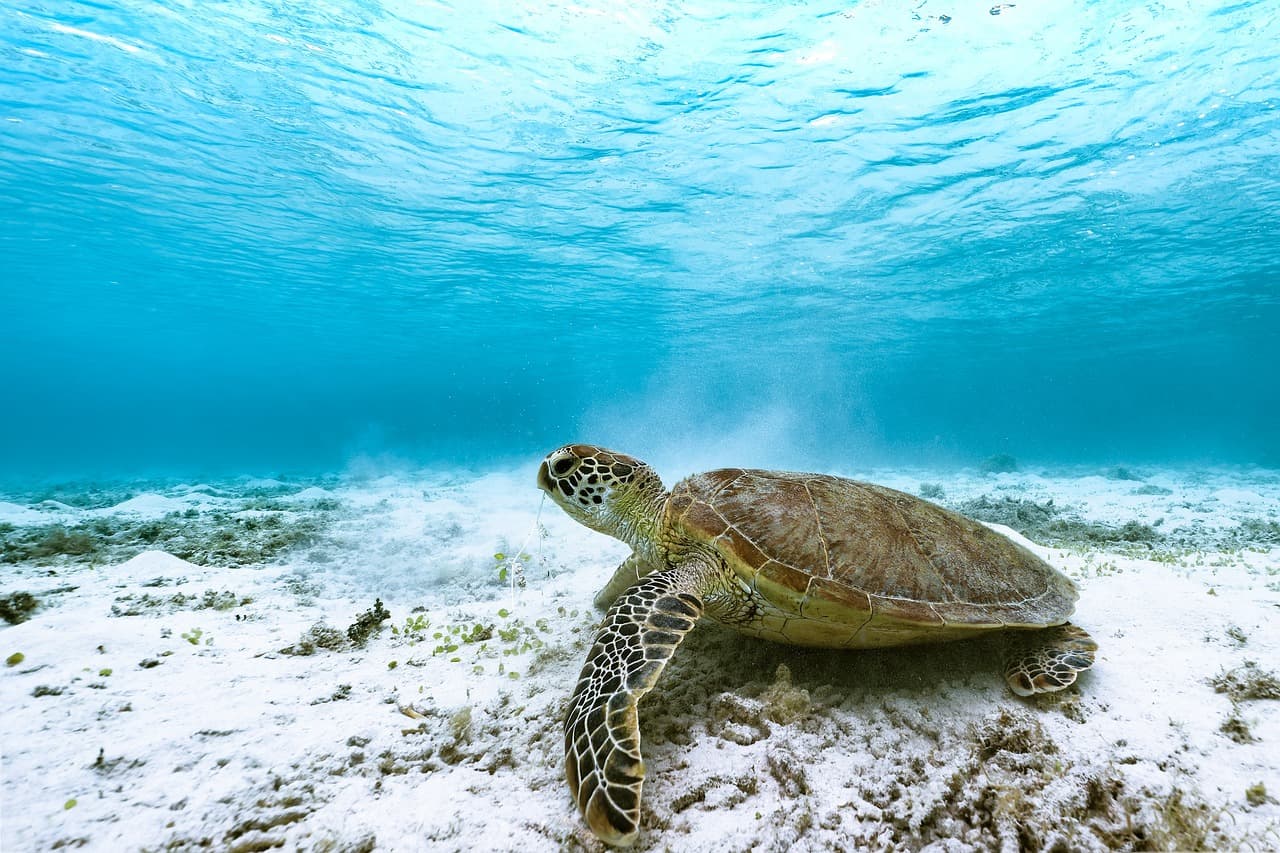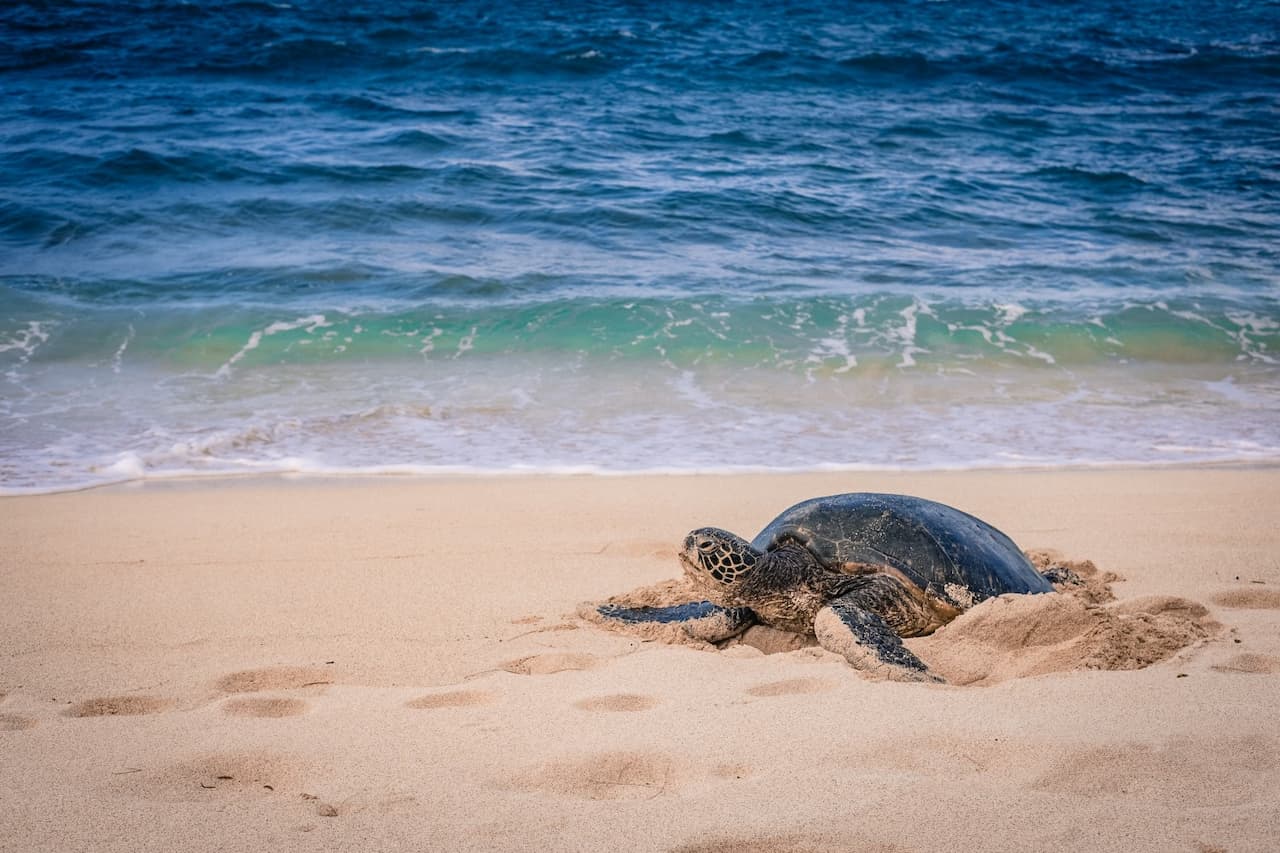There are a total of seven species of sea turtles living on the planet-head sea turtles, Atlantic ridleys and olive ridleys, green turtles, bisected sea turtles, and Australian sea turtles.
Nearly all of them live in North American waters and are threatened by the Endangered Species Act. They spend different stretches of their lives in different places, but what they all have in common is that they go to the beaches to nest. When not nesting, sea turtles spend most of their lives in the ocean. But not much is known about their movements – much migration remains a mystery to researchers.
The southeastern United States provides globally significant habitat for sea turtles. In fact, Florida’s beaches are the nesting grounds for 90 percent of sea turtles in the continental United States and the largest rookery of nesting sea turtles in the world.
But why are these animals so important to the planet? What have sea turtles done to earn the title of superhero?
They help save coral reefs
Coral reefs are under tremendous threat from the climate crisis and pollution in the oceans. As of 2018, there were about 11 billion pieces of plastic on the reefs, which was dramatically increasing disease rates and actually killing corals. Researchers estimate that these 11 billion plastic particles and items on corals around the world increased the risk of fatal infections in corals by 89 percent.
Some species of marine animals — sponges — only make things worse. They actually strangle coral reefs, thereby killing them. Fortunately, some sea turtles eat these sponges and thus save the corals.
They control the jellyfish.
Some sea turtles eat jellyfish, and this saves the world from a transparent slimy apocalypse. If jellyfish could breed in peace and no one controlled their numbers, we would face two problems at once: first, it would be much harder to swim in the oceans, and second, very quickly the balance in the food chain would be upset. The fact is that jellyfish eat fish larvae, and if there were too many jellyfish, the fish population would drop dramatically, leading to both an imbalance in the sea and new difficulties for fishermen.
They clean the seabed and beaches
Sea turtles eat algae, thus keeping the seabed clean and healthy. In places where sea turtle populations have significantly declined, old algae decompose right on the spot, causing the appearance of algae, microorganisms, invertebrates, fungi and slimy mold.
The waters (and people living nearby) of the Florida Gulf, the Gulf of Mexico and parts of the Caribbean Sea are suffering the negative effects of declining sea turtle populations.
Baby turtles are dangerous everywhere, but some still survive
A study of green sea turtles in Australia found that 97% of hatchlings were eaten within an hour of first entering the water. Ants, vultures, herons, foxes, mongooses and other small mammals wait for the baby turtles to become their next meal.
Climate change is causing more females
Global warming is causing a sex imbalance within populations. The fact is that the sex of sea turtles depends on the temperature of the sand that holds their eggs, and the higher the temperature, the fewer males will hatch from the clutch. In 2018, the journal Current Biology published an article based on a study that showed that among the Great Barrier Reef’s baby turtles, 99 percent of the individuals are females.
But females alone won’t be able to reproduce, so the serious lack of males is a very big problem for sea turtles and their environment. And, alas, there is no reason to believe that the situation will improve anytime soon.




